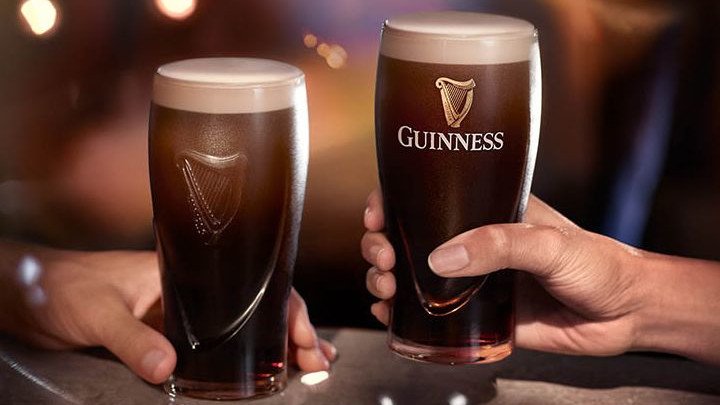In the early 1900s, head brewer William Sealy Gosset developed a statistical method at Guinness that would revolutionize data analysis. The t-test is a technique used to determine if results are statistically significant, and it was created by Gosset to monitor and control the quality of stout beer at Guinness.
Gosset and his team faced challenges due to small sample sizes, but they were able to develop a practical and economical way to interpret data with these limitations. This allowed for better decision-making and quality control in brewing, ultimately leading to the creation of a far-reaching tool beyond the brewing industry.
The t-test became an essential part of scientific inquiry, helping researchers determine the significance of differences between populations. It is now used in many fields as an important part of statistical analysis, providing a logical approach to dealing with uncertainty.
Guinness’s legacy of innovation extends beyond just brewing beer. The t-test is just one example of how this historic brewery has made significant contributions to the world of science and statistics. The next time you enjoy a nitro brew or a classic Guinness beer, remember the role Guinness and William Sealy Gosset played in advancing statistical analysis and quality control.



